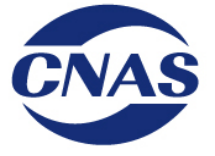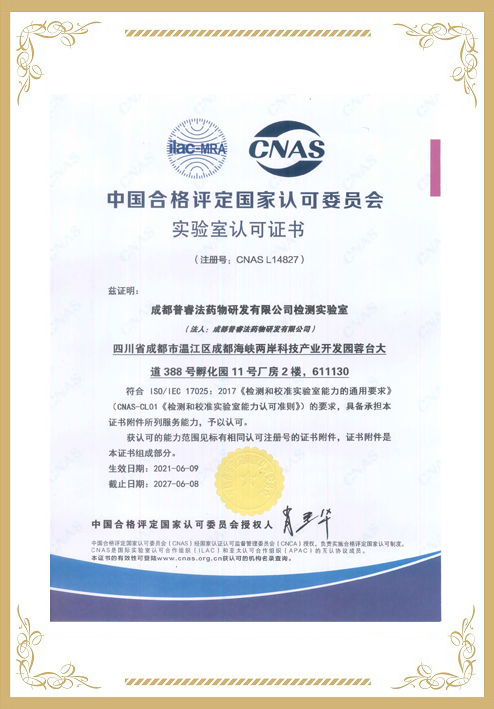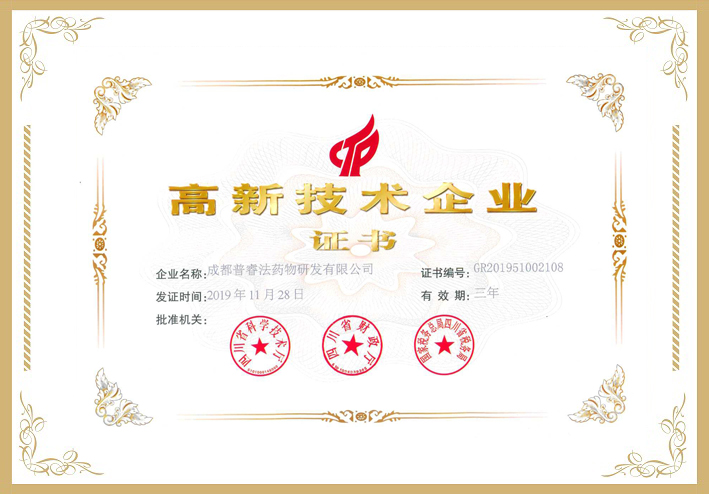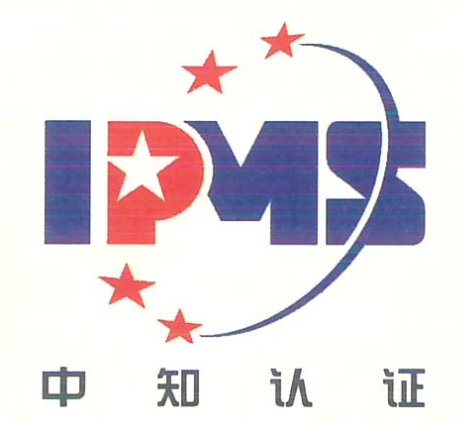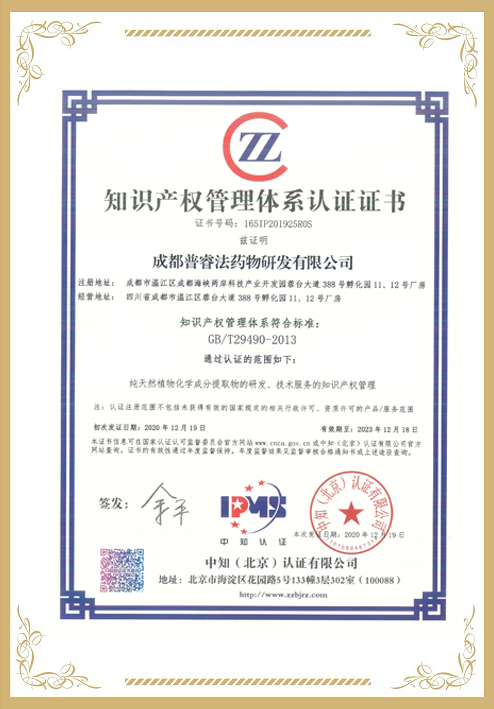8-Epidiosbulbin E acetate (EEA), a furan-containing diterpenoid lactone, is one of main component of Dioscorea bulbifera L. (DBL). It has been reported that EEA induces severe hepatotoxicity in mice and that its hepatotoxicity is associated with metabolic activation. The present study demonstrated that exposure to EEA (50, 100 or 200 μM) induced DNA damage, including significant DNA fragmentation, increases of tail DNA and olive tail moment, H2AX phosphorylation and PARP-1 activation, in cultured mouse primary hepatocytes. Similar observation was obtained in mice administered EEA at 50, 100 or 200 mg/kg. Pre-treatment with 10 μM ketoconazole (KTC), 200 μM vitamin C (VC), or 200 μM glutathione ethyl ester (GSH-OEt) reversed the over-production of reactive oxygen species (ROS) induced by EEA and attenuated susceptibility of hepatocytes to EEA-induced cytotoxicity and DNA damage in mouse primary hepatocytes. In contrast, pre-treatment with 1.0 mM L-buthionine sulfoximine (BSO) potentiated over-production of ROS, cytotoxicity and DNA damage induced by EEA. In summary, EEA induced DNA damage in cultured primary hepatocytes and the liver of mice. ROS, possibly along with DNA alkylation, participated in the observed DNA damage.
















